Factoring Completely Worksheet
Are you struggling to master the art of factoring completely? Look no further! This worksheet is specifically designed to help students at an intermediate level strengthen their understanding of factoring and factor completely. Whether you're a high school student preparing for exams or an adult learner refreshing your math skills, this worksheet will provide you with the practice and guidance you need to become confident in factoring completely.
Table of Images 👆
More Other Worksheets
Kindergarten Worksheet My RoomSpanish Verb Worksheets
Cooking Vocabulary Worksheet
DNA Code Worksheet
Meiosis Worksheet Answer Key
Art Handouts and Worksheets
7 Elements of Art Worksheets
All Amendment Worksheet
Symmetry Art Worksheets
Daily Meal Planning Worksheet
What is factoring completely?
Factoring completely is the process of breaking down a polynomial into its simplest form by finding all of its factors, both numerical and variable. This involves identifying common factors, using techniques like the distributive property and factoring methods such as grouping or difference of squares until the polynomial can no longer be factored any further.
How do you identify the greatest common factor (GCF) of a polynomial?
To identify the greatest common factor (GCF) of a polynomial, determine the common factors of all the terms in the polynomial and find the highest degree factor that they all share. The GCF is the product of this highest degree factor and any numerical coefficients that are common to all terms. By factoring out the GCF from the polynomial, you can simplify it and potentially make further factoring or calculations easier.
What is the process for factoring a polynomial with a GCF?
To factor a polynomial with a Greatest Common Factor (GCF), you first need to identify the highest common factor of all the terms in the polynomial. Then, you can divide each term by this factor to rewrite the polynomial as the product of the GCF and a simpler polynomial expression without the GCF. This process simplifies the polynomial and makes it easier to further factorize if needed.
How do you factor a trinomial with a leading coefficient of 1?
To factor a trinomial with a leading coefficient of 1, you can simply find two numbers that multiply to the constant term and add up to the coefficient of the linear term. Then, rewrite the trinomial as a product of two binomials using these two numbers as the coefficients of the binomial terms. This method is known as the "ac method" or "factoring by grouping" and allows you to efficiently factor trinomials with a leading coefficient of 1.
How do you factor a trinomial with a leading coefficient greater than 1?
To factor a trinomial with a leading coefficient greater than 1, you can first try to factor out the greatest common factor (GCF) of the terms. Then, use methods like grouping or trial and error to find two binomials that multiply to the trinomial. Remember to use the FOIL method (First, Outer, Inner, Last) to check if the binomials give you the original trinomial when multiplied. Practice and familiarity with different factoring techniques can help in efficiently factoring trinomials with a leading coefficient greater than 1.
What is the difference of squares method for factoring binomials?
The difference of squares method for factoring binomials involves recognizing when an algebraic expression can be written as the difference of two perfect squares. In other words, when you have a binomial of the form \(a^2 - b^2\), you can factor it as \((a + b)(a - b)\). This method is useful for simplifying and factoring expressions in algebra by identifying and utilizing the pattern of perfect squares.
How do you factor a perfect square trinomial?
To factor a perfect square trinomial, identify the perfect square trinomial pattern which can be written as (a + b)² = a² + 2ab + b². Then, rewrite the trinomial in the form of (a + b)², where the first and last terms are perfect squares and the middle term is twice the product of the square roots of the first and last terms. Finally, factor the trinomial as (a + b)² = (a + b)(a + b).
What is the process for factoring a difference of cubes?
The process for factoring a difference of cubes involves identifying that the expression is in the form of \(a^3 - b^3\), where \(a\) and \(b\) are numbers or variables. The formula for factoring this difference of cubes is \((a - b)(a^2 + ab + b^2)\), where you factor out the common factor of \(a\) and \(b\) and then apply the formula to find the final factored form.
How do you factor a sum or difference of cubes?
To factor a sum or difference of cubes, you can use the formulas for the sum and difference of cubes. For a sum of cubes in the form a^3 + b^3, the factored form is (a + b)(a^2 - ab + b^2). And for a difference of cubes in the form a^3 - b^3, the factored form is (a - b)(a^2 + ab + b^2). Just substitute the values of a and b into these formulas to factor the expression accordingly.
What is the process for factoring polynomials by grouping?
To factor a polynomial by grouping, first rearrange the polynomial terms so that there are four terms. Then, group the first two terms and the last two terms together. Factor out the greatest common factor from each group. Next, look for a common binomial factor between the two groups. Factor out this common binomial factor. Finally, factor out any remaining binomial or trinomial factors. Be sure to check your final factored form by multiplying the factors to ensure they equal the original polynomial.
Have something to share?
Who is Worksheeto?
At Worksheeto, we are committed to delivering an extensive and varied portfolio of superior quality worksheets, designed to address the educational demands of students, educators, and parents.





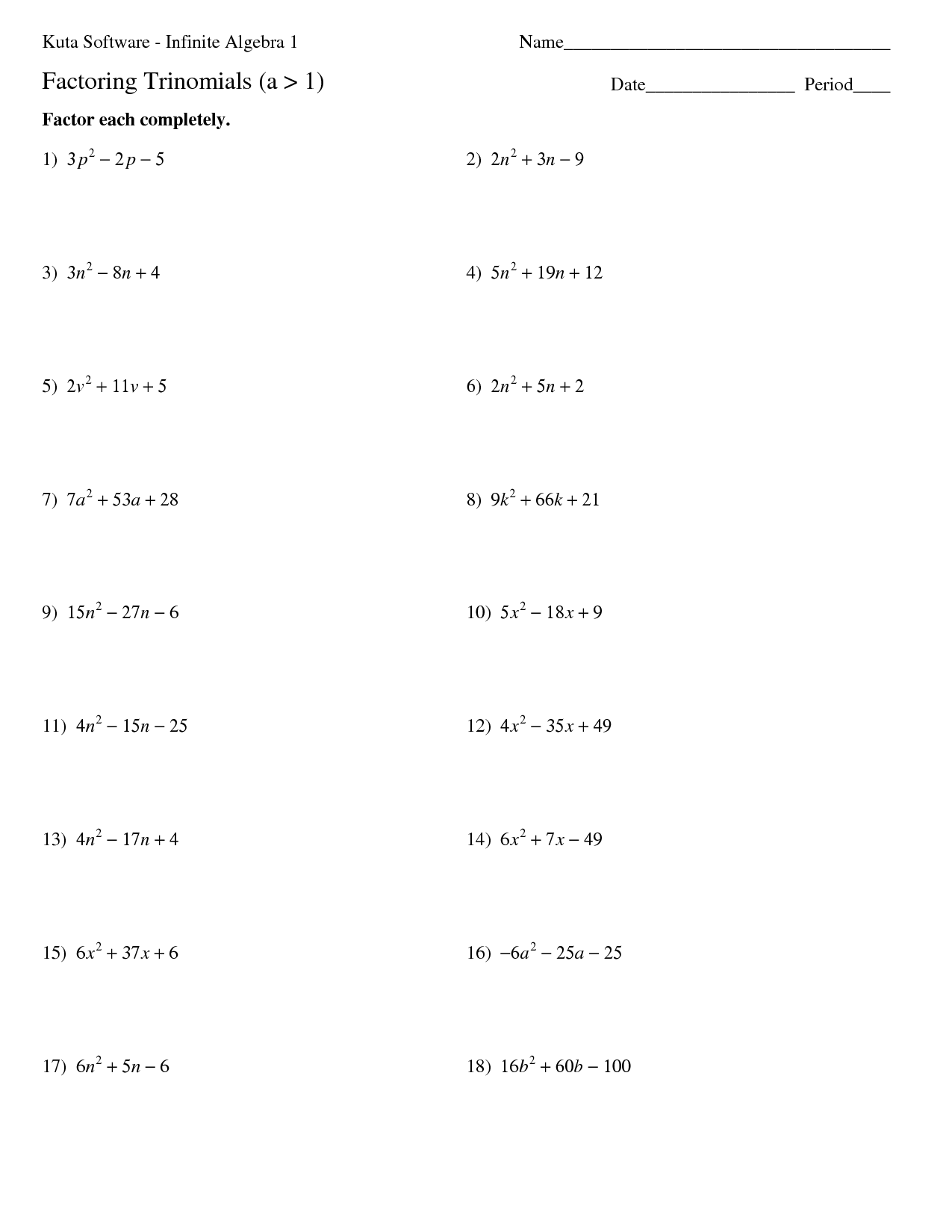

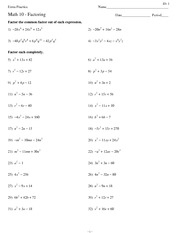
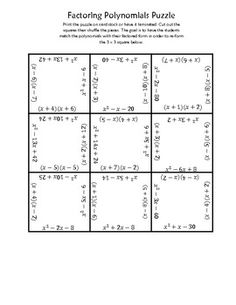

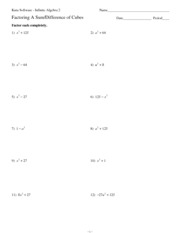
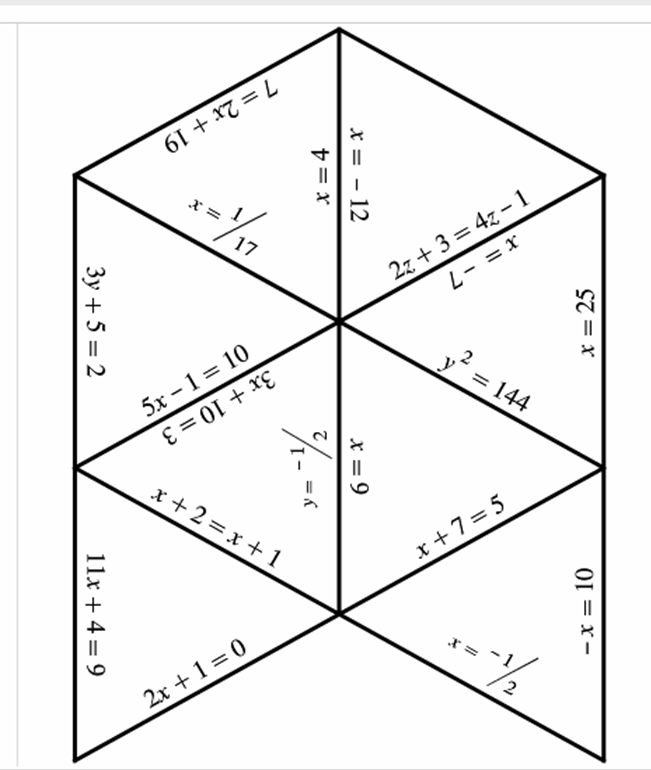
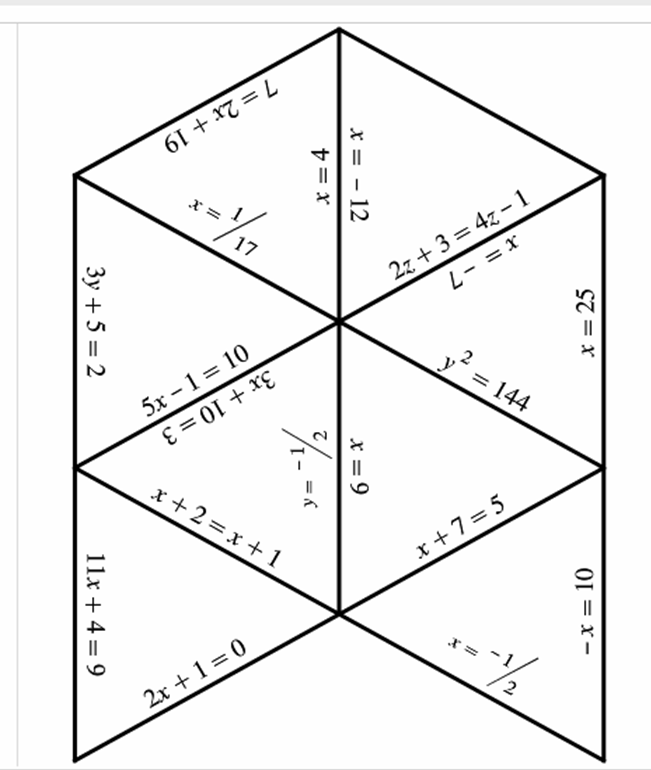
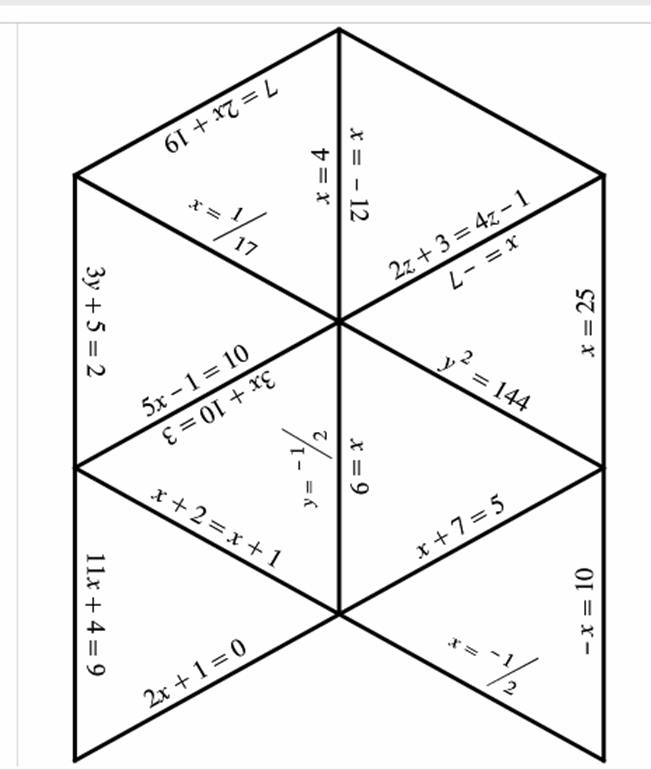
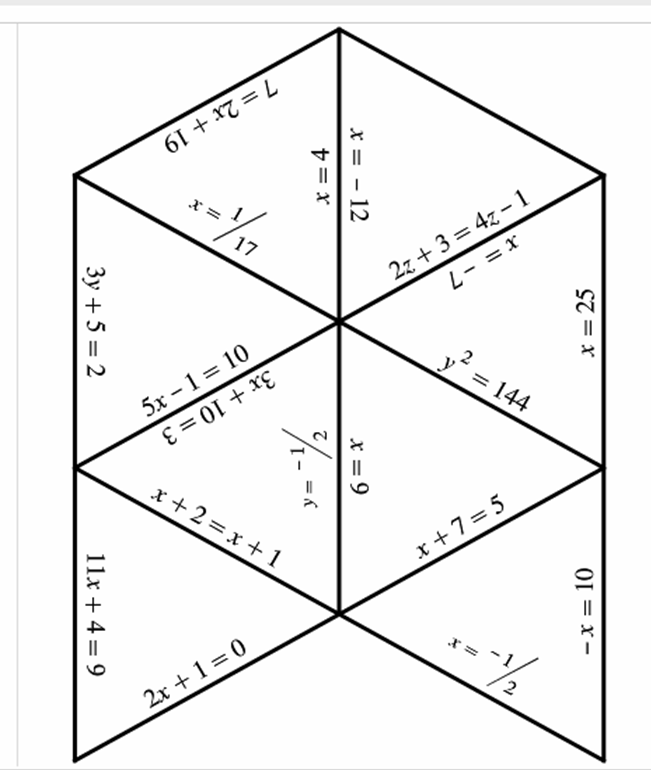
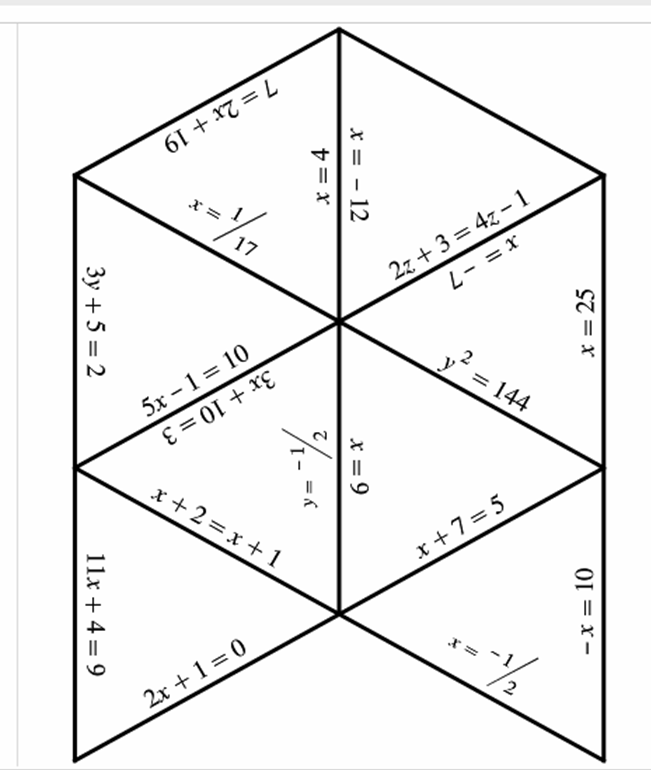
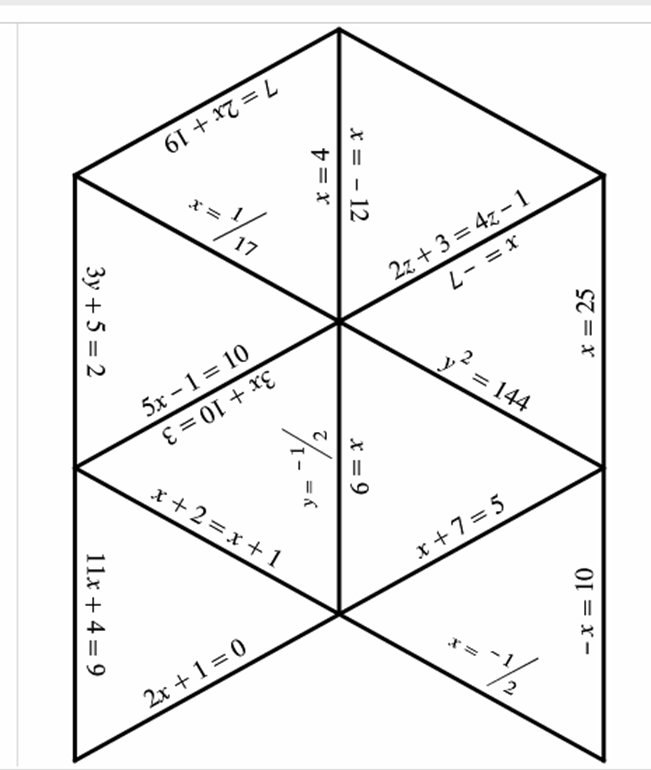
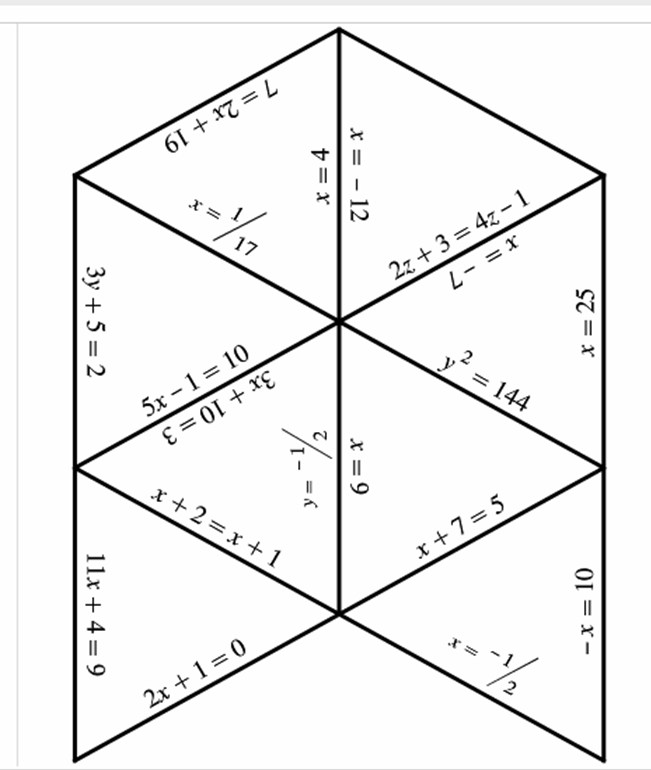
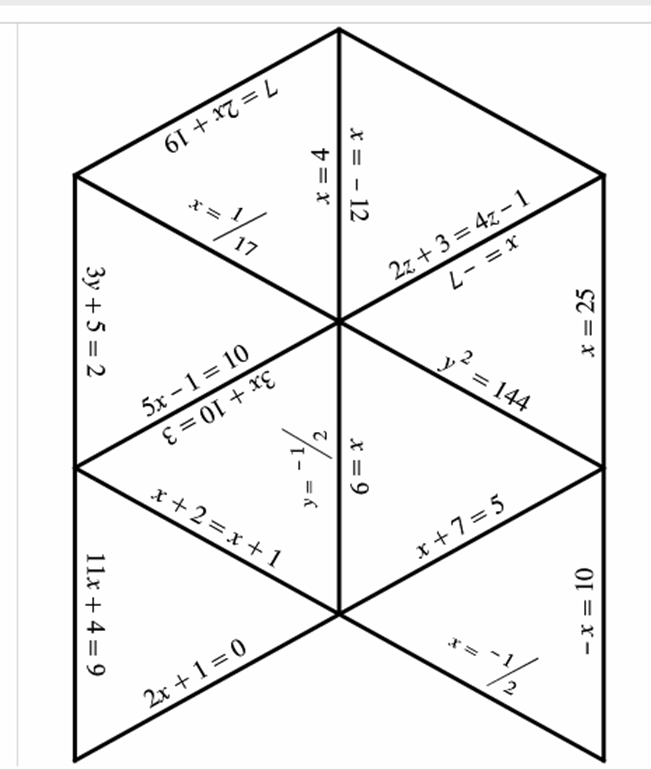
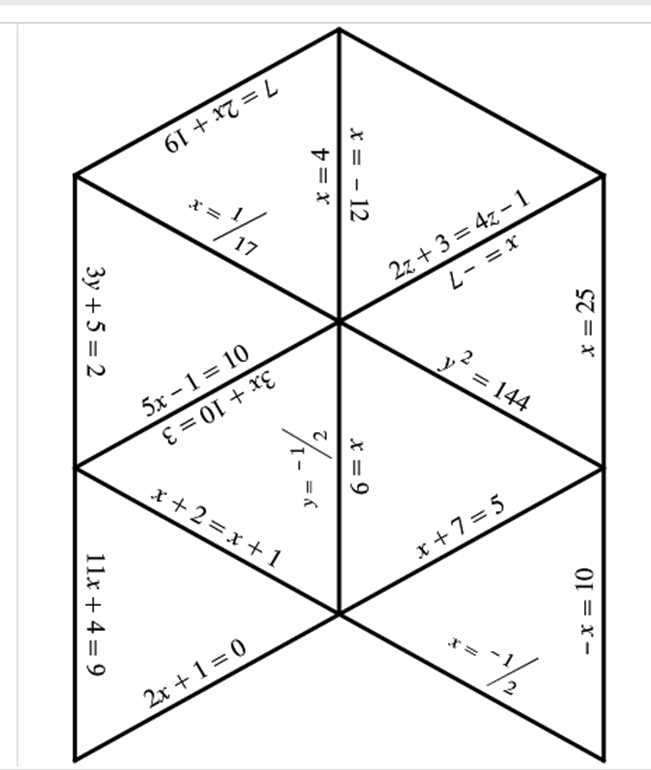
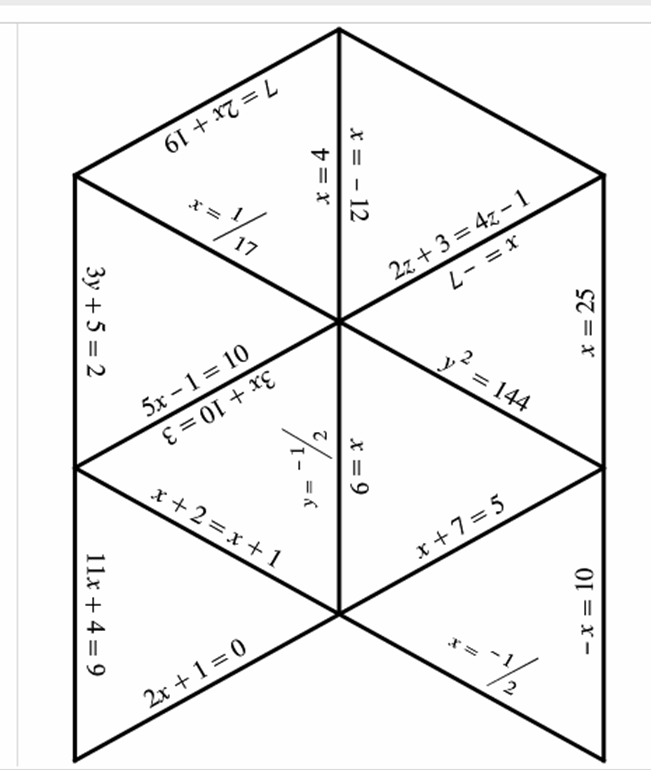
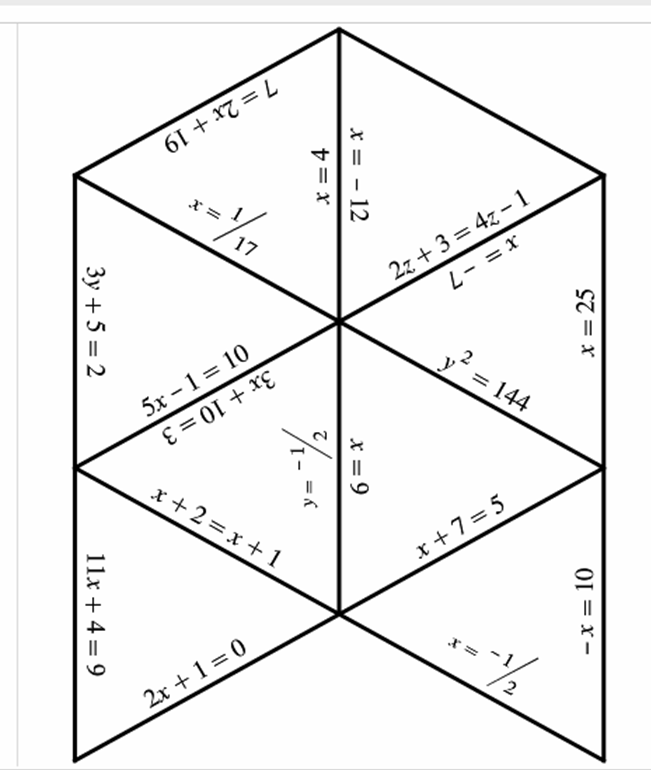
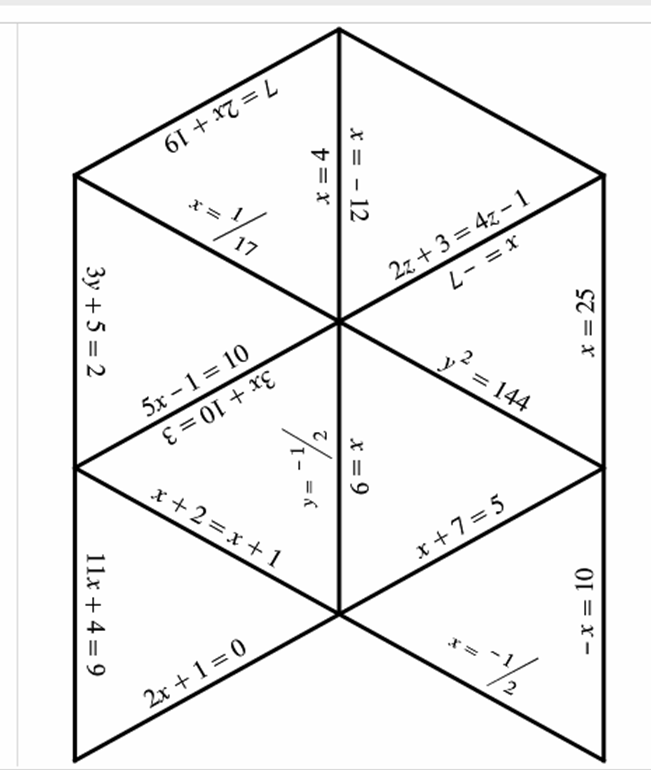














Comments